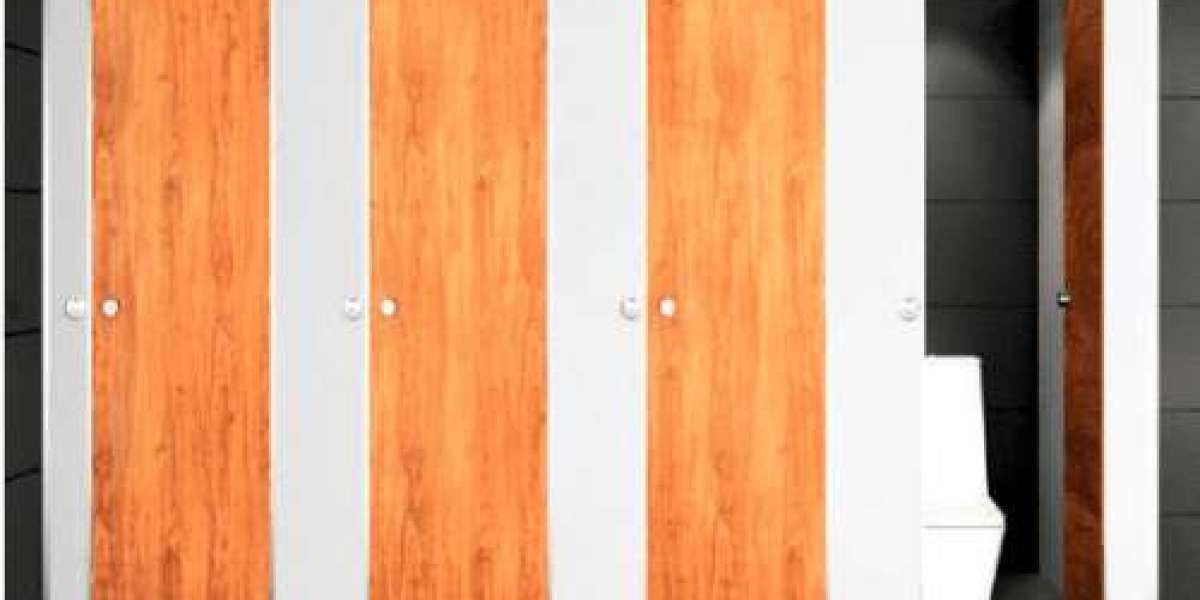In the world of hydraulic systems, precision and durability are key. Hydraulic tubes are one of the most critical components used to transfer fluids under pressure in a wide range of industrial, agricultural, and automotive applications. As of 2025, innovations in material science and manufacturing processes are setting new standards for hydraulic tube performance, making it essential for businesses and engineers to stay updated.
This comprehensive guide will explain everything you need to know about hydraulic tubes in 2025 — from their construction and applications to recent advancements and best practices for maintenance.
What Are Hydraulic Tubes?
Hydraulic tubes are rigid pipes used to convey hydraulic fluid between different components within a system, such as pumps, valves, and actuators. Unlike hydraulic hoses, which are flexible, hydraulic tubes are known for their strength, precision, and ability to maintain shape under high pressures and temperatures.
Hydraulic tubes are typically manufactured from materials like:
- Carbon Steel
- Stainless Steel
- Aluminum
- Copper Alloys
These materials ensure high pressure resistance, minimal leakage, and long operational life.
Applications of Hydraulic Tubes in 2025
Hydraulic tubes are used across multiple industries, and their role has only grown more significant as technology advances. Major areas of application include:
- Automotive Industry: Used in braking systems, power steering, and suspension systems.
- Construction Equipment: Integral to excavators, bulldozers, cranes, and drilling machines.
- Aerospace: Critical for the hydraulic systems that operate landing gear, flight control systems, and aircraft doors.
- Industrial Manufacturing: Essential for automation equipment, injection molding machines, and robotic systems.
- Marine Engineering: Found in ship steering systems and engine controls, where corrosion resistance is crucial.
Key Features to Look for in Hydraulic Tubes
When selecting hydraulic tubes in 2025, several key features should be considered to ensure efficiency and reliability:
- Pressure Rating: Hydraulic tubes must be capable of withstanding the maximum working pressure of the system.
- Corrosion Resistance: Especially important for outdoor, marine, or chemical plant environments.
- Precision Tolerances: Proper dimensional accuracy ensures leak-free and efficient hydraulic connections.
- Temperature Resistance: Tubes must perform reliably under the operational temperature range of the application.
- Surface Treatment: Modern hydraulic tubes often come with special coatings (like zinc plating) to improve corrosion resistance and surface longevity.
Advancements in Hydraulic Tube Technology (2025 Updates)
The hydraulic tube industry has seen significant technological growth leading into 2025. Some of the key advancements include:
- Enhanced Coatings: New coating technologies, including eco-friendly anti-corrosion coatings, are now widely available, offering superior protection against rust and chemical exposure.
- High-Strength Alloys: Advanced alloys have been developed to deliver higher pressure ratings with thinner tube walls, allowing for lighter and more compact hydraulic systems.
- Automated Bending and Fabrication: CNC tube bending machines provide precision-forming capabilities, reducing human error and speeding up production processes.
- Smart Monitoring: Integration of sensor systems into hydraulic tubes for real-time monitoring of pressure, flow, and temperature is emerging, allowing predictive maintenance and system optimization.
- Environmentally Friendly Manufacturing: More manufacturers are adopting low-emission and recyclable material practices in hydraulic tube production.
Hydraulic Tubes vs. Hydraulic Hoses
While both hydraulic tubes and hoses are used for fluid transmission, their selection depends on the specific requirements of the system:
- Hydraulic tubes are rigid, offer higher strength, and are typically used in stationary equipment or where minimal movement occurs.
- Hydraulic hoses provide flexibility and are ideal for mobile equipment where movement and vibration are factors. Understanding when to use hydraulic tubes instead of hoses is vital for system efficiency, longevity, and cost-effectiveness.
How to Select the Right Hydraulic Tubes
Choosing the correct hydraulic tubes involves several factors:
- Material Type: Depending on the application environment (e.g., stainless steel for marine use, carbon steel for general industrial use).
- Pressure Requirements: Always verify that the tube's rated pressure meets or exceeds the system’s maximum pressure.
- Environmental Conditions: Consider factors like exposure to chemicals, UV light, or saltwater.
- Size and Wall Thickness: The diameter and wall thickness must align with system specifications to prevent failure.
- Certification Standards: Ensure the hydraulic tubes comply with relevant standards such as ASTM, SAE, DIN, or ISO.
Maintenance Tips for Hydraulic Tubes
Proper maintenance ensures longer service life and safer operations. Key maintenance practices include:
- Regular Inspection: Check for corrosion, cracks, leaks, and signs of wear.
- Proper Installation: Ensure tubes are correctly routed and secured to avoid vibrations and mechanical stresses.
- Cleaning: Keep tubes free from debris and contaminants that can damage the hydraulic fluid and system components.
- Timely Replacement: Replace hydraulic tubes when they show significant wear or after reaching their recommended service life.
- Protective Coatings: Regularly inspect coatings for damage and reapply if necessary to maintain corrosion protection.
Common Mistakes to Avoid
To maximize the performance and life of hydraulic tubes, avoid these common mistakes:
- Incorrect Material Selection: Using the wrong material for the operating environment can lead to premature failure.
- Improper Routing: Sharp bends or inadequate supports can cause stress fractures and leaks.
- Overlooking Pressure Ratings: Using a tube with a lower pressure rating than required can result in dangerous blowouts.
- Neglecting System Flushing: Contaminants introduced during installation can lead to early wear and system inefficiencies.
Future Trends in Hydraulic Tubes
Looking ahead, several trends are shaping the future of hydraulic tubes:
- Lightweight Solutions: As industries push for energy efficiency, lightweight high-strength tubes are becoming increasingly popular.
- Digital Integration: Expect more hydraulic systems with tubes capable of transmitting operational data to smart control systems.
- Sustainability Focus: Hydraulic tubes manufactured using greener processes and recyclable materials will become industry standards.
- Hybrid Systems: The combination of hydraulic and electronic systems (electro-hydraulics) is driving demand for more sophisticated tubing solutions.
Conclusion
Hydraulic tubes are fundamental to the efficient, safe, and reliable operation of hydraulic systems across a variety of industries. With advancements in materials, manufacturing processes, and smart monitoring capabilities, hydraulic tubes in 2025 are more durable and versatile than ever before.
Selecting the right hydraulic tubes involves understanding the system requirements, environmental conditions, and technological options available. Regular maintenance, correct installation, and careful inspection can ensure that hydraulic systems perform at their best, reduce downtime, and extend service life.
As industries evolve and demand higher performance, hydraulic tubes will continue to play a central role in powering the machinery and systems that drive progress in 2025 and beyond.

